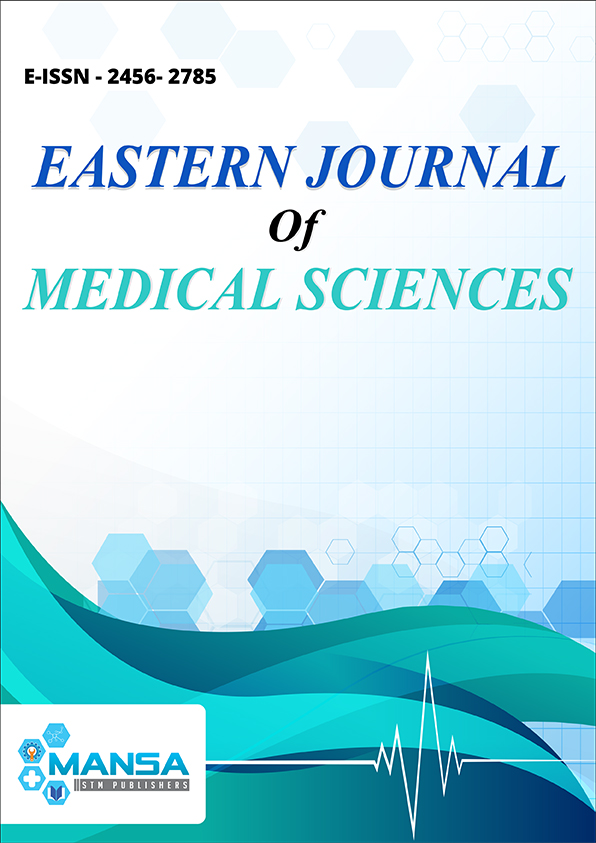Food microbiology
DOI:
https://doi.org/10.32677/ejms.v8i3.4433Keywords:
Food, Hazard, Safety, Probiotics, ToxinsAbstract
Background: Food is imperative for continuation of life. However, it is also an important vehicle of entry of infections. Bacterial, viral and parasitic agents, causing these infections can all spread by food. Bacteria can produce many toxins and also be invasive sometimes, which can lead to diarrhoea and dysentery, respectively. This contamination takes place by risks like cooking food at improper temperature and keeping food open after cooking. These risks lead to various hazards. Also, microbes can help prepare different foods like fermented foods and kombucha tea. Modern society relies heavily on processed and ready-to eat foods, both of which can cause foodborne infections. Keeping all these things in mind, the science of food microbiology becomes very important in modern times. Aim: All these aspects of food microbiology and food safety have been discussed in this chapter. Objectives: Many points like food safety, cleanliness and other aspects like chilling of cooked food minimize risks of microbial food contamination and resultant hazards, have been elaborated upon. Methods: Scientific literature search was carried out to study the risk factors and related reports with respect to food microbiology, by food scientists and others. Results: Food contamination can be of microbial origin and a multitude of factors may lead to microbial contamination of food. These factors could be improper cooking, leaving cooked food uncovered, and other things. Conclusion: Food microbiology is a very important aspect of public health and quite neglected too. It should be given its due importance to mitigate microbial contamination of food and consequent foodborne infections.
Downloads
Downloads
Published
Issue
Section
License
Copyright (c) 2024 Sayan Bhattacharyya

This work is licensed under a Creative Commons Attribution-NonCommercial-NoDerivatives 4.0 International License.

